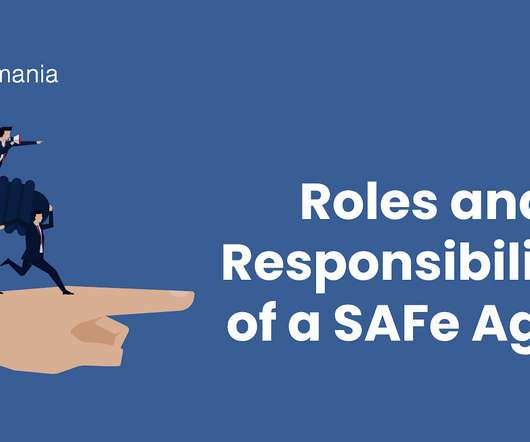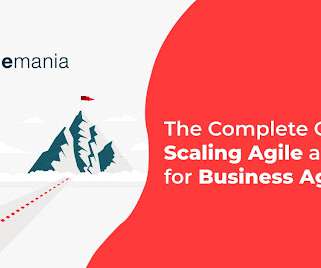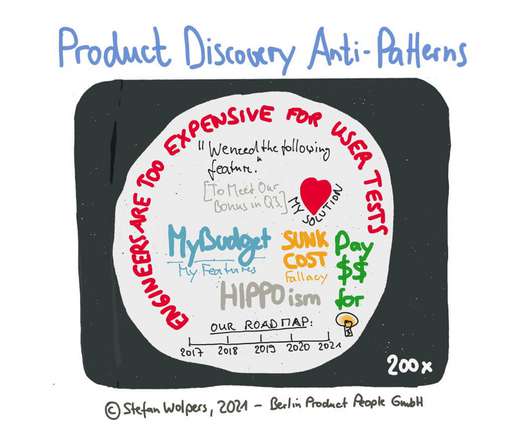Mastering the (new) Agile Coaching Mindset for the 4th Industrial Revolution (4IR)
International Institute for Learning
MAY 16, 2022
However, indisputable is the fact that hyper-personalized experiences, products, and services driven by innovative business models are the future for new revenue sources and increased market share. Leaping over the Competition with Innovation. Realizing Benefits with “Roughly Right” vs. “Precisely Wrong” Data Analysis.














Let's personalize your content